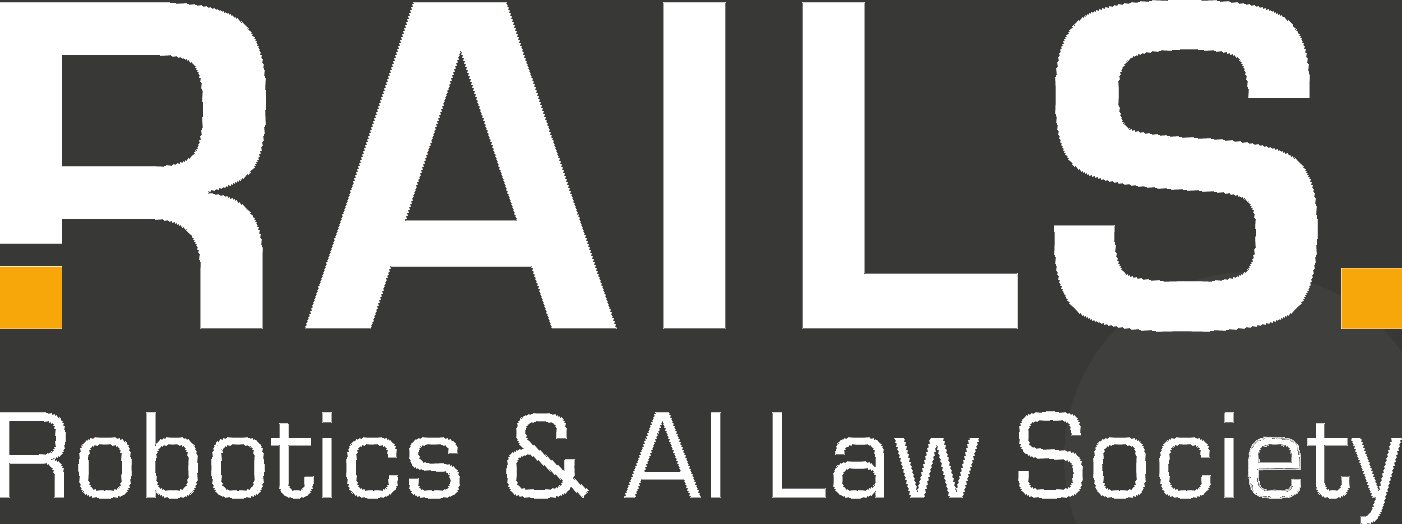This article explores how the use of pricing algorithms challenges the applicability of Art. 101(1) and (3) TFEU which prohibits cartels and concerted practices that distort competition. The author analyses different scenarios – from implementing traditional price agreements with algorithms to autonomous algorithmic collusion – and examines whether they are subject to the obligations under cartel law.
An article by Chiara Streitbörger
Price algorithm cartels are a central subject of discussion in the antitrust literature. They specifically raise questions related to the prohibition of anticompetitive agreements under EU law. The relevant Art. 101 TFEU only provides us with a generalized description of such prohibited cooperation: “The following shall be prohibited as incompatible with the internal market: all agreements between undertakings, […] and concerted practices which may affect trade between Member States and which have as their object or effect the prevention, restriction or distortion of competition within the internal market […].” To determine whether the European prohibitions can be adapted to the shift from traditional cartels to cartels using price algorithms, one dogmatic question is particularly relevant: Is the prohibition of anticompetitive agreements under Art. 101 TFEU even applicable to cooperation by means of price algorithms? Answering this requires a comprehensive analysis of the individual features of such algorithms.
Subjects of the prohibition and antitrust cooperation
First arises the question, who can be considered a suitable addressee, the “undertakings”, under the prohibition. Whether parties qualify as “undertakings” within the meaning of Art. 101(1) TFEU in the context of price algorithms depends on the individual scenario. Undertakings may either be competitors in the market or third parties who provide an algorithmic pricing solution. Third parties include individual software developers or larger platforms, for example eBay, Zalando or Amazon, which organize the distribution of products for competitors. The notion that intelligent autonomous algorithms (e. g. AI agents) as such can be addressees of the prohibition must instead be rejected since they lack separate legal personality. The second essential question is whether the use of pricing algorithms constitutes an antitrust cooperation based on an “agreement” or “concerted practice” under Art. 101(1) TFEU. Due to the many possible designs of pricing algorithms, this must also be considered on a case-by-case basis. We see three relevant scenarios emerge: (1) Implementing price agreements using algorithms; (2) setting prices with algorithms; (3) or exchanging price information via algorithms (which cannot be discussed here in detail).
(1) Implementing price agreements using algorithms
Regarding the implementation of price agreements, we do not see significant challenges in the application of Art. 101(1) TFEU. This is because in those scenarios, algorithms are merely used to implement agreements that already directly violate antitrust law on their own. For example, this applies to cases such as the “poster cartels”, where competitors enter into an agreements that restrict price competition, with the implementation being carried out by price-setting algorithms. Such agreements do not change their nature or become more complicated just because a certain technology is used for their implementation.
(2) Setting common prices with algorithms
Setting common prices with algorithms instead relates to situations in which undertakings use automated algorithms to determine their prices. This applies, for example, to dynamic pricing respectively where manufacturers use price monitoring software to track their retailers’ pricing behaviour (e.g. the “electronic manufacturers cartel”).
Here the difference between “concerted practice” and compliant parallel behaviour should be referenced since it causes practical problems. The technical characteristics of pricing algorithms (e. g. the automated approach and associated dependency on reactions) can cause a phenomenon that is known in oligopolistic markets (e. g. gas station markets) – so-called “algorithmic oligopoly”. It is no longer essential for undertakings to send their employee to manually monitor competitor prices, e.g. by driving around and taking notes. Undertakings can use pricing software to monitor the pricing behaviour of competitors at any time. The number of market participants in the respective market is no longer relevant, if they are using, for example, web crawlers to scan different competitors’ offer pages and identify prices. Price alignment can therefore be achieved even in markets with a large number of competitors, without any communication.
Undertakings may also use AI-supported pricing algorithms that independently establish coordinated prices without direct human intervention (so-called “algorithmic collusion”). The price agreement between competitors is achieved without human intention and deliberate programming. In this context, it is crucial to determine whether algorithmic collusion can be compared to traditional means of alignment between undertakings (i.e. whether algorithms can meet). I do not support this notion since the concept of an “agreement” or “concerted practice” is linked to an act of human-centered communication and the intention to be bound by a (tacit) arrangement. Another question is whether the behaviour of intelligent algorithms can even be attributed to a company. Applying the concept of a “digital external service provider” is not a viable option, as a provider must be an actual independent undertaking within the meaning of Art. 101 TFEU. It is evident that this is not the case with an algorithm. The algorithm does also not constitute a “digital employee”. Although algorithms and employees have a similar role within the undertaking and may follow a similar distribution of tasks, equating the “actions” of algorithms with those of employees would require a general restructuring of the principles of antitrust liability. This is because antitrust liability is linked to personal, human responsibility (Art. 23(2)(a) EC No 1/2003: “intentionally or negligently”). For this reason, we still must refer to the misconduct of the employee who put the algorithm into operation. Since the employee is initially unaware of the price adjustment made by the algorithm, there is no initial anti-competitive behaviour.
Indirect coordination involving third parties
When undertakings are using third party algorithmic business models, price can be indirectly coordinated. Third parties offer algorithmic pricing services (e.g. software developers), may enable joint pricing via platforms (e.g. sales platforms such as Intersport or Amazon) or enable to collect and evaluate (price) data from undertakings (e.g. cloud services or price comparison portals). Indirect contact can be assumed if competitors are aware that a third party intends to promote anti-competitive behaviour among them. According to the ruling of ECJ (“Eturas”), which dealt with the exchange of price-related information via a platform, one must take into account the specific features of the algorithmic business model used and as well as other indicators. For example, anti-competitive behaviour might be assumed where the third party carries out a central price adjustment between competitors and the companies have been expressly informed of this in advance. Cases in which there is a lack of open communication by or about the third party are more difficult to assess, since the boundaries between alignment through the third party and unilateral conduct become highly blurred. It is then necessary to examine closely with what intention the companies make use of the third party and on what a price alignment is based.
Distortion of competition and exemptions
Lastly, the conduct in question must also constitute a restriction of competition. In algorithmic pricing, the focus will typically be on restrictions to pricing and secret competition. I argue that restrictions on price competition are primarily caused by the fact that algorithms promote and maintain collusion in an economic sense. This may cause undertakings to refrain from competitive initiatives, which in turn would have stimulated price competition. The same goes for new market entrants trying to attain a comparable market position.
Exemption from the cartel prohibition under Art. 101(3) TFEU includes reasons such as fair consumer participation or improving the production and distribution of goods in particular. I believe that, given the novel effects of price algorithms and efficiency gains, a detailed consideration of pro-competitive and anti-competitive factors will be necessary. It is reasonable to doubt that consumers are given an adequate share of the profits, as cooperations using pricing algorithms can lead to prices being set at a uniform and, in some cases, overly competitive level in various ways. Different grounds for exemption may be considered in cases involving third-party business models, since the shared use of an algorithmic product or service can be linked to the positive effects of the respective business model. For example, in the “Webtaxi case”, whose business model is similar to Uber’s, the Luxembourg Competition Authority, considered resource-related efficiency gains, such as environmental protection in its assessment.
Conclusion
Even before the use of pricing algorithms, the prohibition of Art. 101 TFEU had been broad and adaptable. Their use will certainly be subject to the prohibition of anticompetitive agreements (Art. 101(1) TFEU). However, the difficulties remain in determining non-compliant behaviour in practice necessitating thorough analysis of the technology and its application context. The technical characteristics of pricing algorithms should be more broadly investigated and considered in the interpretation which was, until now, based on human behaviour.
For a comprehensive study of the topic see the authors book “Preisalgorithmenkartelle – Das Zusammenwirken mittels Preisalgorithmen als Herausforderung des europäischen Kartellverbotes, Art. 101 Abs. 1 AEUV”
Published under licence CC BY-NC-ND.


